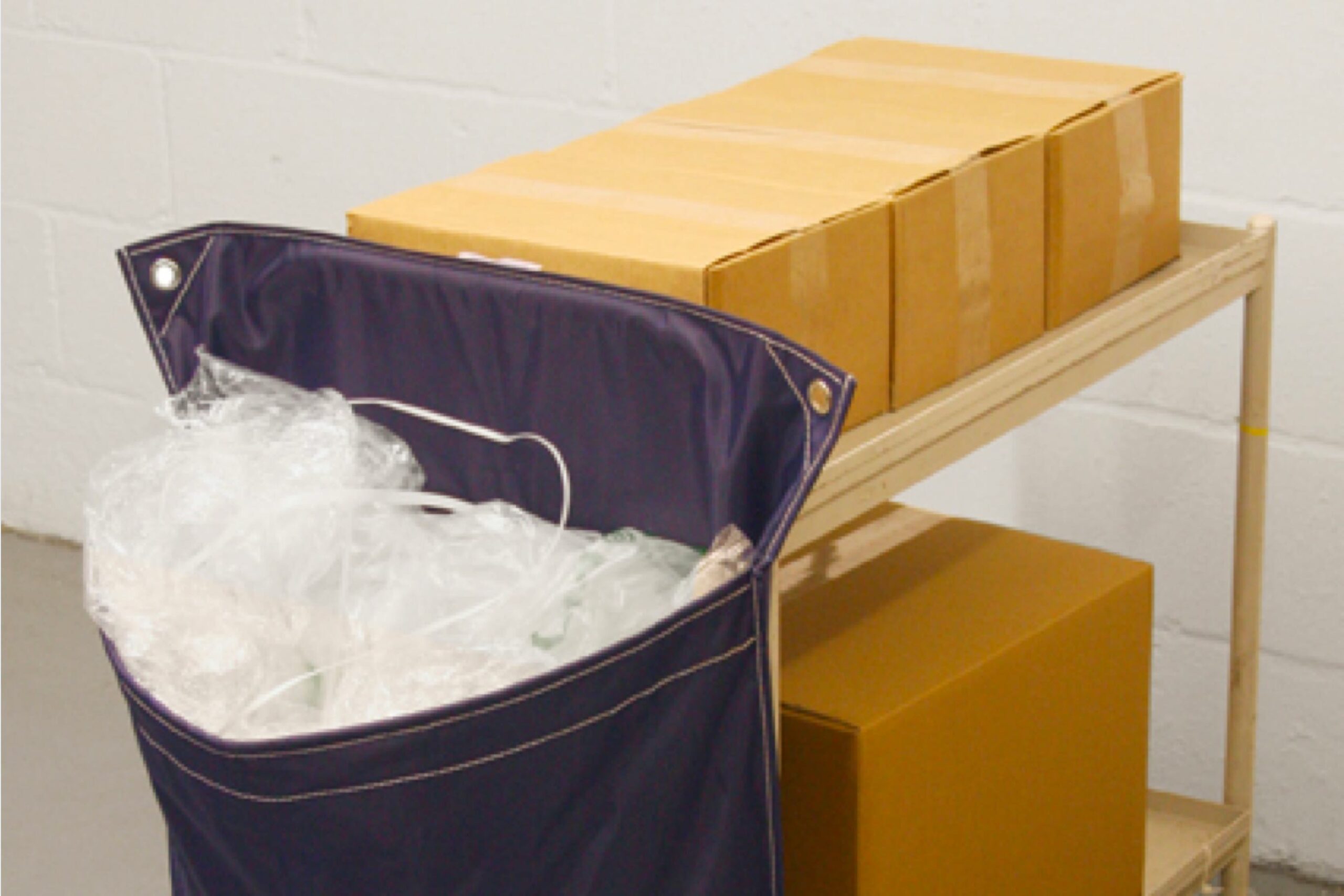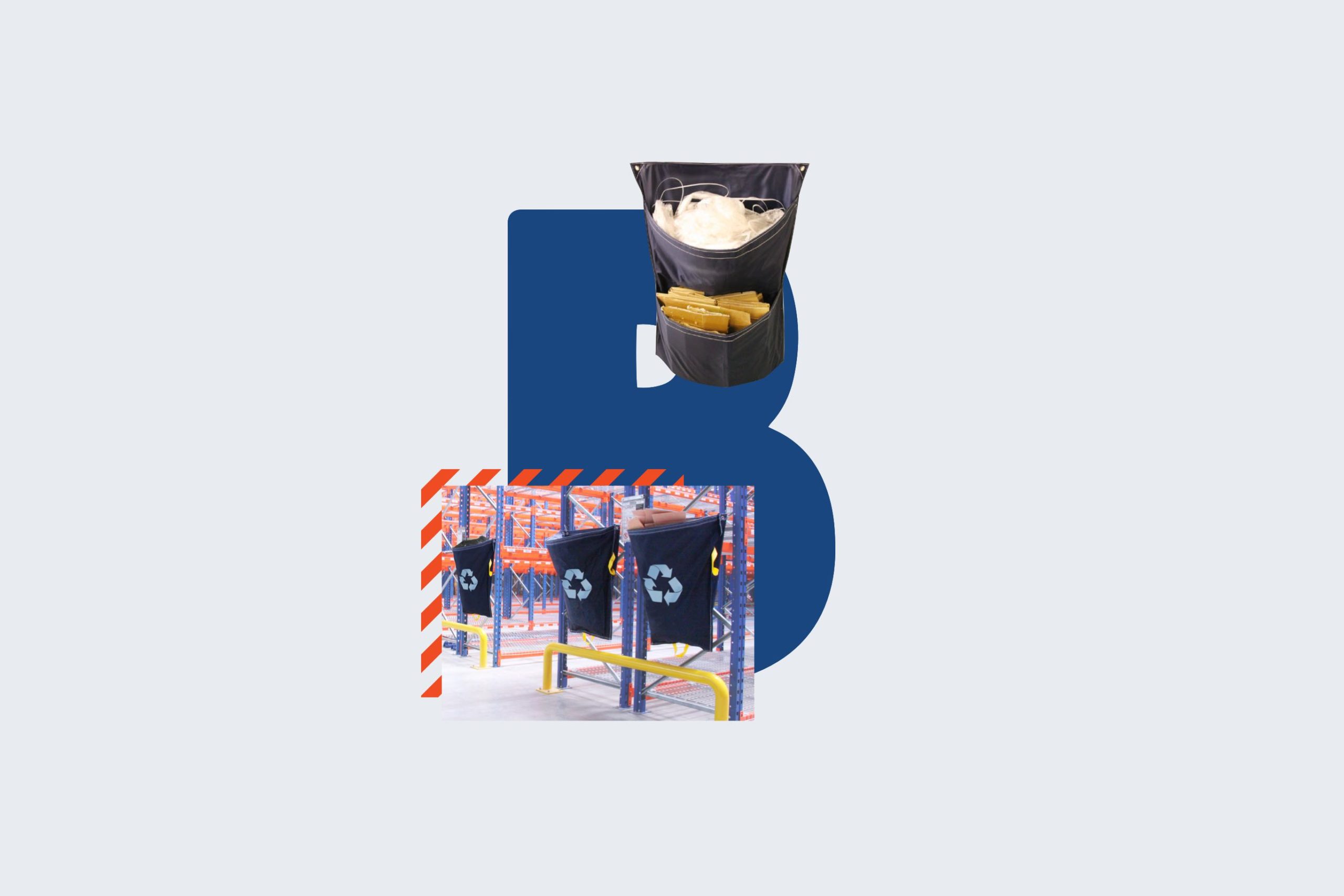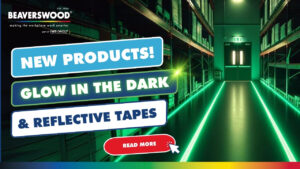Recycling is one of the easiest ways for a warehouse to become ‘eco friendly’, and can even reduce the cost of waste disposal for your company. This article explains which recycling sorting bins your warehouse needs, to simplify the process of going ‘green’.
USA Today claims that for most countries, the construction industry generates more than 90% of industrial waste. However, reducing your environmental impact can be as easy as implementing a few simple changes.
Solely by adding recycling bins to your warehouse floor, you can dramatically reduce your carbon footprint without affecting productivity or the bottom line.
Types of Waste:
There are 5 key categories of waste produced in a warehouse environment. Identifying which types of waste your warehouse produces is the first step to determining which warehouse waste segregation bins you may need to provide. The key categories of waste are:
• Organic matter
• Glass/Metal/Plastic
• Paper/cardboard
• Hazardous and Toxic materials
• Residue (such as soiled and wet materials.)
For most warehouses, the common sources of these Inventory waste, Packaging waste, Transport waste and Motion waste, and the most common types of recyclable waste produced in a warehouse environment are paper, cardboard, glass, metal and plastic.
Providing the corresponding recycling sorting bins at frequent intervals, and in centralised locations with a high footfall, will allow easy access. This encourages workers to recycle habitually without it taking time out of their day or causing any distraction to their workflow.
How Many Recycling Sorting Bins Do You Need?
To work out how many bins you need in your workspace, we recommend auditing. Hiring a waste auditing company will allow you to learn more about how much you are outputting.
You may find that ways to reduce your waste become clear during this process, such as switching to reusable or returnable packaging, allowing you an opportunity to produce fewer materials, help the planet, and save money whilst doing it. You may find that you end up with more material-based waste segregation vs general waste.
Alternatively, you can make a judgement call yourself. In an office environment, recycling is most effective when there are recycling sorting bins around 10-15 steps away from each employee.
Racksacks
To get started, we recommend a Racksack as the easiest recycling sorting bins to implement. Racksack’s are easily attachable to warehouse racking, trolleys or roll cages, which make strategic placement of recycling bins throughout large workplaces simple and cost-effective.
They are secure and quick to hang, so if you find that the recycling bins are not being used in a particular area of the warehouse, they can easily be moved to another location that sees the rate of recycling increase.
Alternative to Stationary Recycling Sorting Bins

An effective alternative to stationary recycling sorting bins is rollcage sacks and trolley sacks. Easy to fix, easy to remove and empty, trollysacks allow you to organise waste packaging materials as you go. This removes the need for larger recycling stations or wheelie bins and ensures there is always a bin at arms reach for the workers that need it the most.
Labels
Clearly labelled recycling sorting bins can be a major factor in how successfully your company implements recycling. RAA, (Recycle Across America,) believe that standardised labelling for recycling bins should be a legal requirement.
They claim that “The first city to adopt the standardised labels on their residential carts experienced a 26% increase in the city’s residential recycling levels.” If people are confused about the bins, it takes time out of their workday and reduces the number of materials that are recycled correctly.
Efficiently recycled waste management can save time, maintain productivity and provide a long term sustainable solution to waste. And if this isn’t enough to get you started, the National Waste Associates suggest that ‘Typically, the cost of waste is between 4-5% of company turnover, but it can reach as high as 10%.
This means that warehouses can save hundreds of thousands of dollars by just focusing on the greatest waste reduction opportunities. It has never been easier to implement recycling sorting bins, and there are so many benefits!




